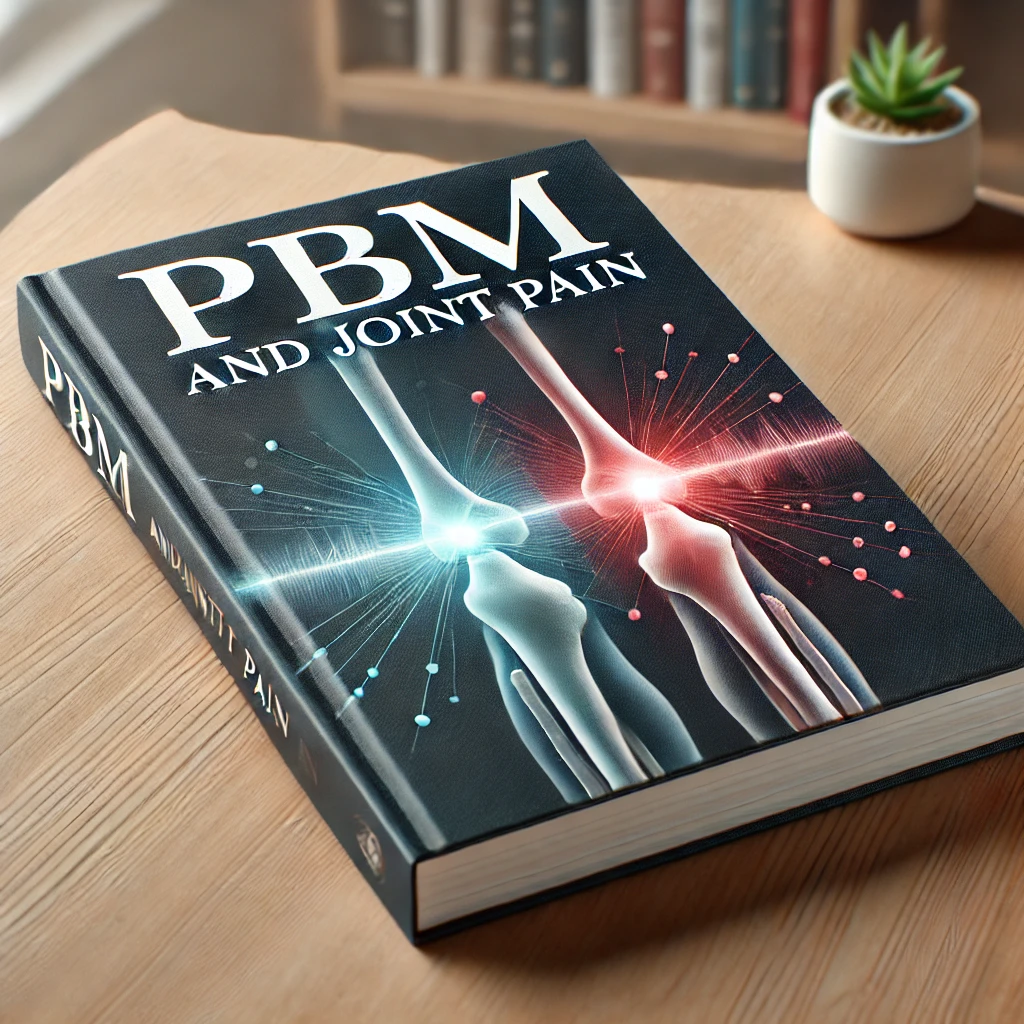Why Photobiomodulation Is Changing How I Treat Chronic Joint and Arthritis Pain

Introduction
Over the last five years that I’ve been performing photobiomodulation therapy (PBM) in my practice, I’ve seen something remarkable: patients with chronic, often debilitating pain finally getting their lives back.
Most of these patients have arthritis — in their backs, knees, elbows, neck, or other joints — and have been told the same thing: “There’s nothing left to do but surgery.”
By the time they see me, they’ve tried it all:
- Steroid shots
- Acupuncture
- Chiropractic adjustments
- Physical therapy
- Oral pain medications and topical treatments
Yet, their pain always returns.
PBM offers a different path — one that doesn’t just mask pain, but actually supports the body’s own healing mechanisms.
What I See in Patients Who Try PBM
When I explain PBM to patients, I tell them it’s not about a quick chemical fix. It’s about giving damaged tissues the energy they need to repair themselves.
Over the years, I’ve noticed a pattern in how patients respond:
- First treatment: Often acts as a jumpstart for the tissues’ healing mechanisms. In more severe arthritis cases, the tissues need more energy before change becomes noticeable.
- Second treatment: Most patients begin to notice a symptomatic decrease in discomfort, though pain is rarely gone at this stage.
- Third treatment: Pain is nearly eliminated for most patients. They can move more freely and do activities they’ve been avoiding.
- Fourth treatment: For the majority, pain is completely gone and function is restored.
For many, these results last not just for weeks or months — but for years.
Why Healing Is Different From Masking Pain
One of the most important things I explain to my patients is this:
“When you perform a treatment that actually utilizes your natural healing mechanisms, you can never go wrong.”
Steroid injections can be helpful for short-term relief, but they don’t heal the tissue. They suppress inflammation temporarily — and once the effect wears off, the pain returns, sometimes worse than before.
PBM is different. By delivering specific wavelengths of red and near-infrared light to the affected area, we:
- Stimulate mitochondria to produce more cellular energy (ATP)
- Increase blood flow and nutrient delivery
- Reduce oxidative stress and inflammation
- Support collagen production and tissue repair
When the tissue heals, the pain doesn’t just fade temporarily — it’s gone because the source of the discomfort has been repaired.
Why PBM Works So Well for Arthritis
Arthritis, whether osteoarthritis or degenerative joint disease, is often thought of as a “wear-and-tear” condition. But what it really represents is a slow, energy-deficient healing process.
In advanced arthritis, the body simply can’t produce enough cellular energy to repair damaged cartilage, ligaments, and surrounding soft tissue. PBM delivers energy directly to those tissues, giving them the jumpstart they need.
That’s why the worse the arthritis, the more energy (and more PBM sessions) the tissue needs to fully recover.
The Long-Term Impact
One of the most rewarding aspects of PBM is seeing patients return months or even years later, still pain-free.
I have patients who, after just a short PBM series, have gone four years without their pain returning — and that’s after decades of chronic discomfort.
That’s because when you actually fix the underlying problem, the results are inherently more durable.
Who Is a Good Candidate for PBM?
PBM is particularly helpful for patients who:
- Have arthritis or chronic joint pain
- Have tried steroid shots or other treatments without lasting relief
- Want to avoid or delay surgery
- Need a non-invasive, drug-free approach to pain relief
- Want to restore function and return to activities they’ve been missing
My Philosophy on PBM
I don’t see PBM as an “alternative” treatment — I see it as a biologically logical one.
If a tissue is damaged, you can try to mask the symptoms with medication, or you can actually give that tissue the energy and support it needs to heal.
PBM is not a magic wand — it’s simply a way to work with your body’s own repair systems in a more efficient, targeted way. That’s why I believe it has such transformative results for arthritis and other chronic pain conditions.
How I Perform PBM at Sheen Vein and Cosmetics
At my practice, PBM treatments are:
- Painless – most patients feel gentle warmth during the session
- Quick – usually 15–20 minutes per area
- Non-disruptive – no downtime, return to normal activities immediately
- Targeted – light is applied directly over the affected joint or region
We typically perform treatments a few days apart in a series of three to four sessions, then reassess.
The Takeaway
If you’ve been told your only option for arthritis or chronic joint pain is surgery, know this: there may be another way.
Photobiomodulation doesn’t just hide the problem — it helps your body fix it. And when that happens, pain relief can last not just for weeks, but for years.
After five years of performing PBM and seeing countless patients reclaim their mobility and comfort, I believe it’s one of the most valuable tools we have for managing chronic musculoskeletal pain.
If you’re struggling with back, knee, elbow, neck, or joint pain, PBM may be the step that finally turns things around.
Dr. Vidal Sheen, MD, RVT, RPVI
Board-Certified in Internal Medicine and Phlebology
Sheen Vein and Cosmetics – Offering PBM therapy for arthritis, joint pain, and chronic musculoskeletal conditions